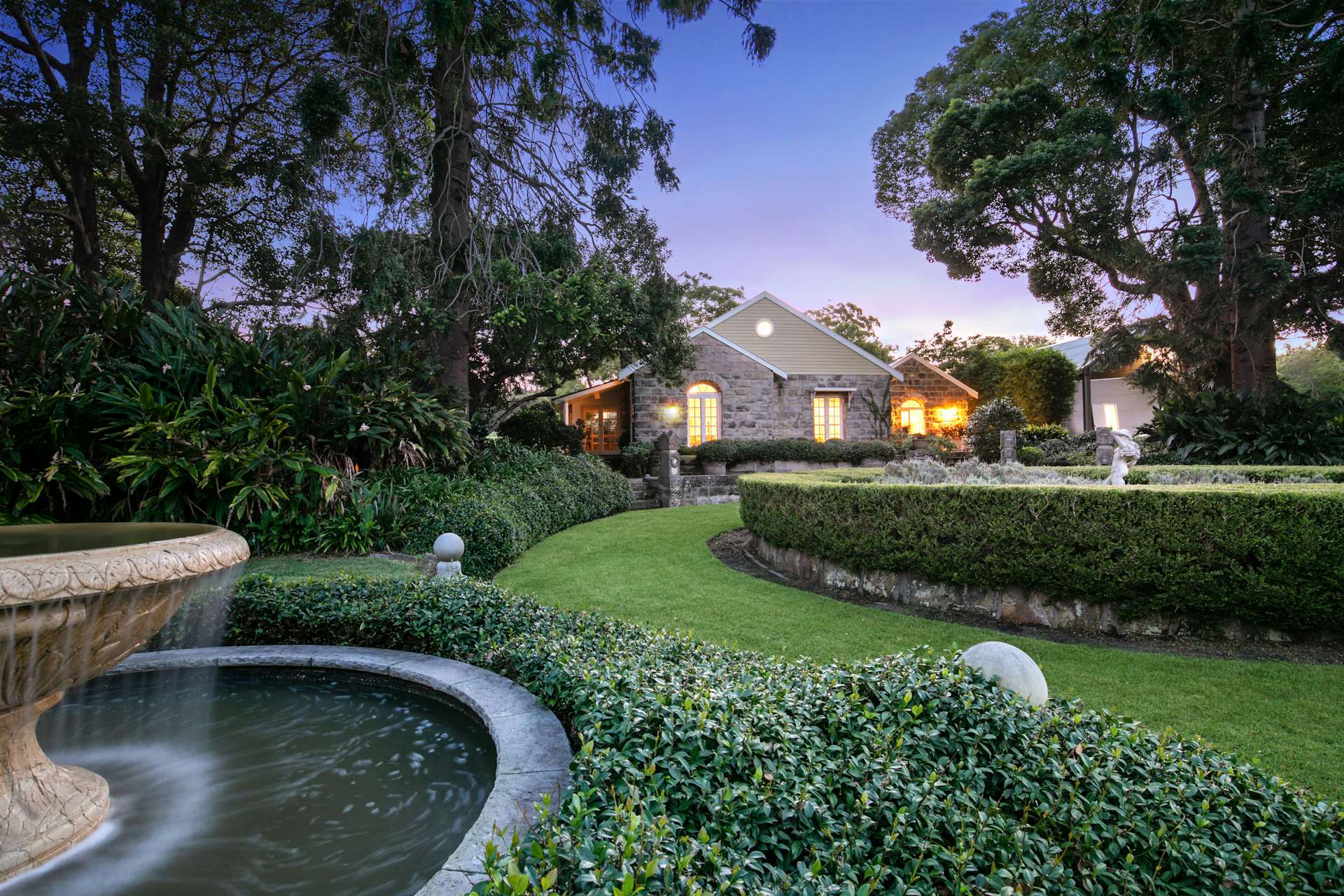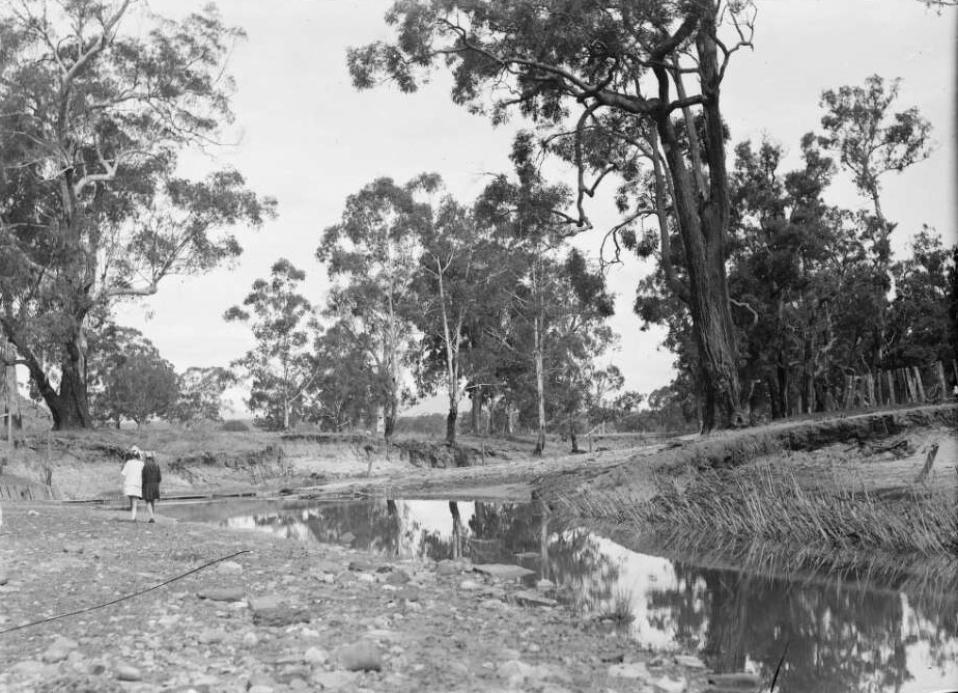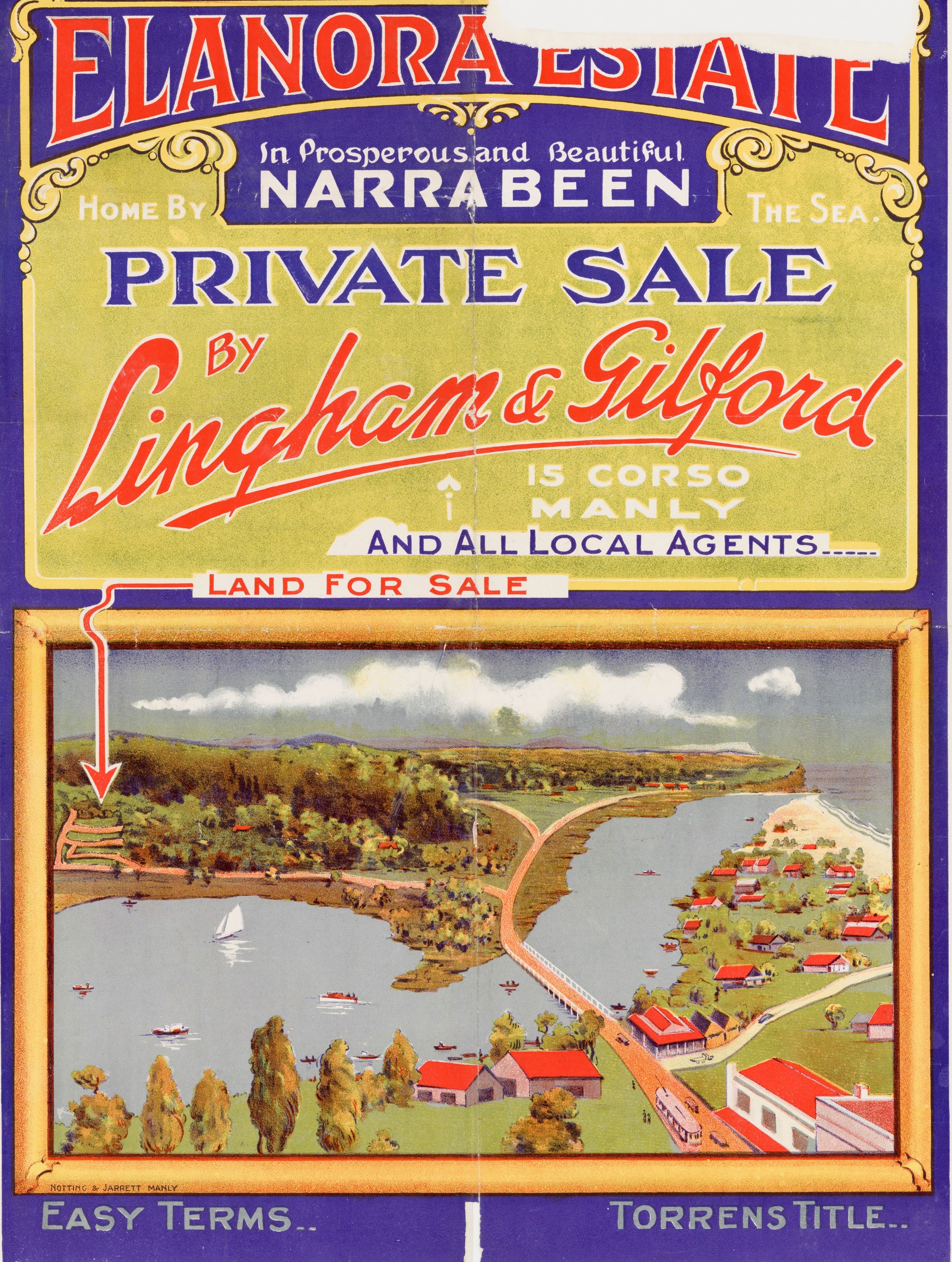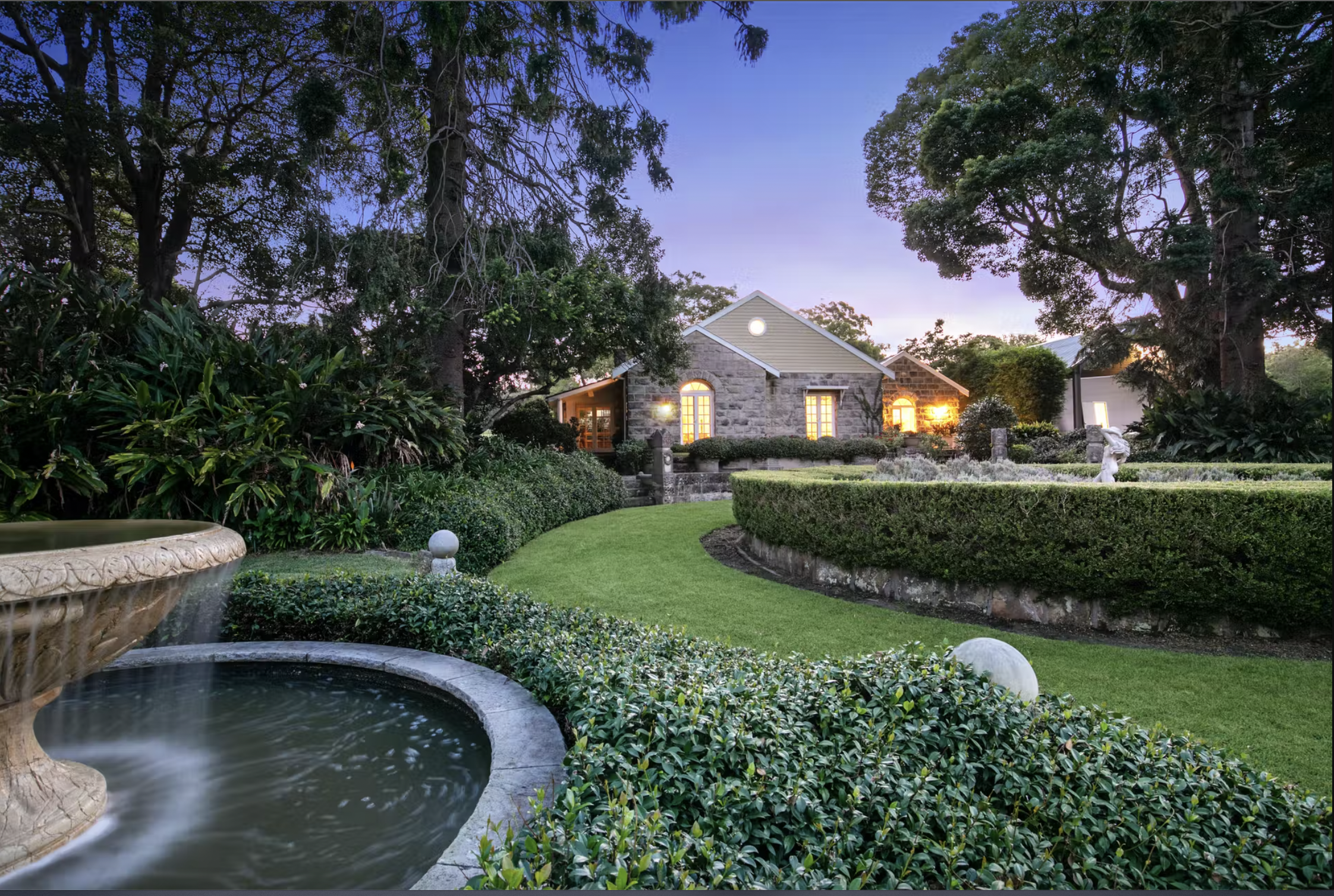The humble, leafy suburbs of postcode 2101 may feel peaceful and fresh, with plenty of modern looking homes, but there is a plethora of history along our tree-lined streets, that you may not know.
Let’s take a journey through some stories from Elanora Heights’ days gone by.
The beginnings
- Home by the sea
The first inhabitants of the area that today we call ‘Elanora Heights’ were Indigenous, First Nations Australians. For many thousands of years, this area was home to the Garigal people. The legacy of these people remains in the form of rock art and historical sites, many of which are in protected locations.
The name Elanora may even be a remnant of the first people of the Northern Beaches. Elanora is believed to have originated from an Indigenous phrase meaning ‘Home by the Sea’. Elanora Heights naturally means ‘Home by the Sea up High’.
- The Powderworks
In 1884, a man claiming to be Baron Carl Von Bieren established what was intended to be the first gun power production facility in Australia. He acquired government backing and the plan went ahead. The so-called Baron remains a man of mystery. He almost certainly wasn’t a Baron but whether or not he was a conman remains unclear.
Whatever his true nature, the Ingleside Powderworks, which later gave its name to the suburb then main road, never produced an ounce of gunpowder. By 1885, the venture was failing badly, and Von Bieren fled the country. He was later arrested in London and brought to Sydney for trial.
Rumour has it that this unsavoury character served only nine months and then disappeared overseas, where he went on to commit several murders. It is even alleged that Von Bieren’s real goal in creating the powderworks was to experiment with deadly explosives. More than that, the story goes that he developed an ingredient later used by the German army in the First World War, although evidence for this is negligible.
The ‘Baron’ did build the historic Ingleside House. The stunning stone property is now privately owned in the hills of Ingleside. Most likely built with money nefariously obtained by the Baron from the government, its tranquil setting belies its questionable past.

- Waratah Farm
After the collapse of the powderworks, which had looked set to become the major industry in the area, residents sought new ways to generate income. Enterprising young ‘Orchardist’ Isaac Larkin had arrived from the UK and decided the Northern Beaches were perfect for growing plums.
He established Waratah Farm on several acres of land and created the famous Narrabeen Plum. The red-skinned fruit is still widely available and is perfect for stewing and jams.
- St Cloud Jersey Stud
Today we talk about new gourmet delis and Pilates studios. In the 1930s, it was big news that Elanora Heights would have a Jersey Stud. However, Sir Frederick Stewart’s idea to stud bulls on the sandy soil of the Northern Beaches was greeted with scepticism.
Starting with only two stud bulls and five cows,Sir Frederick soon defyed his critics and grew St Cloud Jersey Stud into a successful enterprise.
We can also thank Sir Frederick for his long and storied political career campaigning for a shorter work week and fighting for a national insurance scheme.
Change and growth
As the 20th century progressed, tram and railway lines began to make the Northern Beaches more accessible to and from the city. Sydney’s growing population started to see the potential of the Northern Beaches as a holiday spot, and more forward-thinking Sydneysiders started buying property in what we know today as the 2101 area.
- Green Hill Estate
The Green Hills Estate which overlooks Narrabeen Lake and fronts Powderworks Road was one of the first major residential development sites in Elanora Heights. The shire council borrowed £35,000 to create the necessary access roads to what is still highly sought-after location in which to live.

- Elanora Estate
In 1925, 300 allotments went up for sale in the new Elanora Estate. Buyers paid from £1 to a little over £3 per square foot of land. Known as ‘the country retreat’, Elanora Heights was considered the ‘Bellevue Hill of the North’. The leafy garden suburb is still a Sydney gem and somewhat still a best-kept secret.

- Ingleside Heights Estate
In the 1920s, more subdivisions resulted in the Ingleside Heights Estate. Again, another leafy and pleasant Northern Beaches suburb was born that quickly grew into the desirable real estate it remains today.
Key landmarks
- Elanora Country Club
Established in 1938, the Elanora Country Club has remained a local institution. Most notably, the club offered equal rights to women at a time when such treatment was far from a given.
- The Baha’i Temple
Opened in 1961, the architecturally distinctive Baha’i temple is now a well-known local landmark. It was built on the highest point in the area and towers majestically above the landscape. The Baha’i Temple is a place for people of all religions to gather and express their spirituality.
What’s next for Elanora Heights and Ingleside?
Our suburbs on the hill continue to grow and evolve today. While the Ingleside Precinct Medium Density Housing project is now under consideration, to provide more housing in the area, there is still ample bushland to be enjoyed.
While it’s no longer the location where companies manufacture explosives or raise cattle, our 2101 postcode has so much to offer families and professionals; that we believe it continues to be a great place to invest in property, or live and raise a family..
Looking to buy or sell in or around Elanora Heights? Contact our team at Hunter Estate Agents today.


